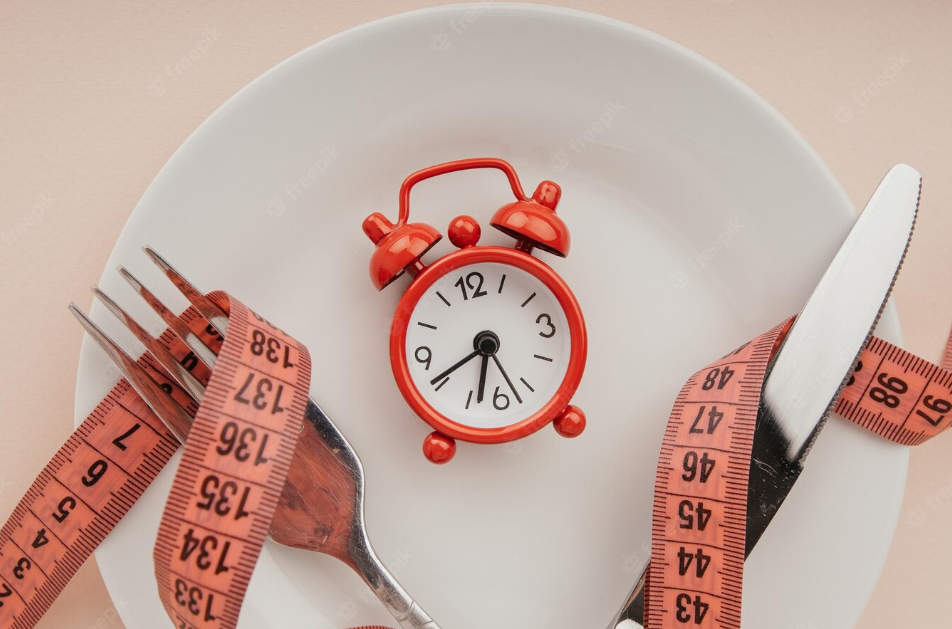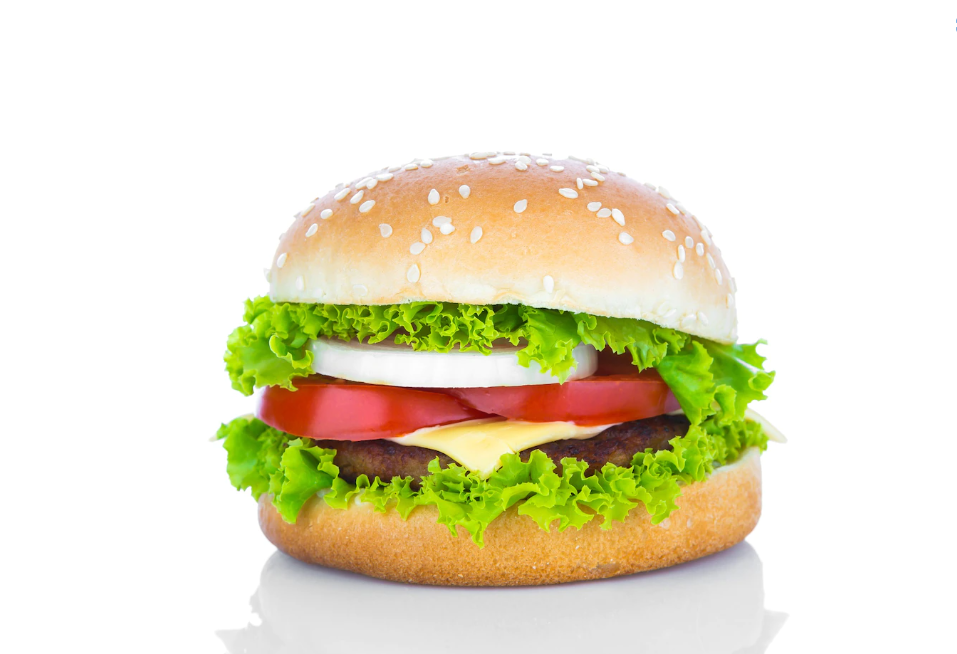
diat and recipes
Intermittent fasting
Intermittent fasting is an eating plan that switches between fasting and eating on a regular schedule. Research shows that intermittent fasting is a way to manage your weight and prevent — or even reverse — some forms of disease. But how do you do it? And is it safe?
With intermittent fasting, you only eat during a specific time. Fasting for a certain number of hours each day or eating just one meal a couple days a week, can help your body burn fat. And scientific evidence points to some health benefits, as well.
Many studies shows that our bodies have evolved to be able to go without food for many hours, or even several days or longer. In prehistoric times, before humans learned to farm, they were hunters and gatherers who evolved to survive — and thrive — for long periods without eating. They had to: It took a lot of time and energy to hunt game and gather nuts and berries.
Even 50 years ago there were no computers, and TV shows turned off at 11 p.m
Portions were much smaller. More people worked and played outside and, in general, got more exercise.
There are several different ways to do intermittent fasting, but they are all based on choosing regular time periods to eat and fast. For instance, you might try eating only during an eight-hour period each day and fast for the remainder. Or you might choose to eat only one meal a day two days a week. There are many different intermittent fasting schedules.
After hours without food, the body exhausts its sugar stores and starts burning fat. We refers to this as metabolic switching.
Intermittent fasting contrasts with the normal eating pattern for most Americans, who eat throughout their waking hours.
If someone is eating three meals a day, plus snacks, and they’re not exercising, then every time they eat, they’re running on those calories and not burning their fat stores.
Intermittent fasting works by prolonging the period when your body has burned through the calories consumed during your last meal and begins burning fat.



diat and recipes
How to start?
diat and recipes
Mealplan example
- First meal, 12 p.m.: Grass-fed burger with avocado
- Snack, 2:30 p.m.: Nuts and seeds
- Second meal, 5:30 p.m.: Salmon and veggies
What can I eat while intermittent fasting? During the times when you’re not eating, water and zero-calorie beverages such as black coffee and tea are permitted. And during your eating periods, “eating normally” does not mean going crazy. You’re not likely to lose weight or get healthier if you pack your feeding times with high-calorie junk food, super-sized fried items and treats. Is intermittent fasting safe? Some people try intermitting fasting for weight management, and others use the method to address chronic conditions such as irritable bowel syndrome, high cholesterol or arthritis. But intermittent fasting isn’t for everyone. Before you try intermittent fasting (or any diet), you should check in with your primary care practitioner first, especially people who are falling under the following categories:
- Children and teens under age 18.
- Women who are pregnant or breastfeeding.
- People with diabetes or blood sugar problems.
- Those with a history of eating disorders.
People not in these categories who can do intermittent fasting safely can continue the regimen indefinitely. It can be a lifestyle change.













